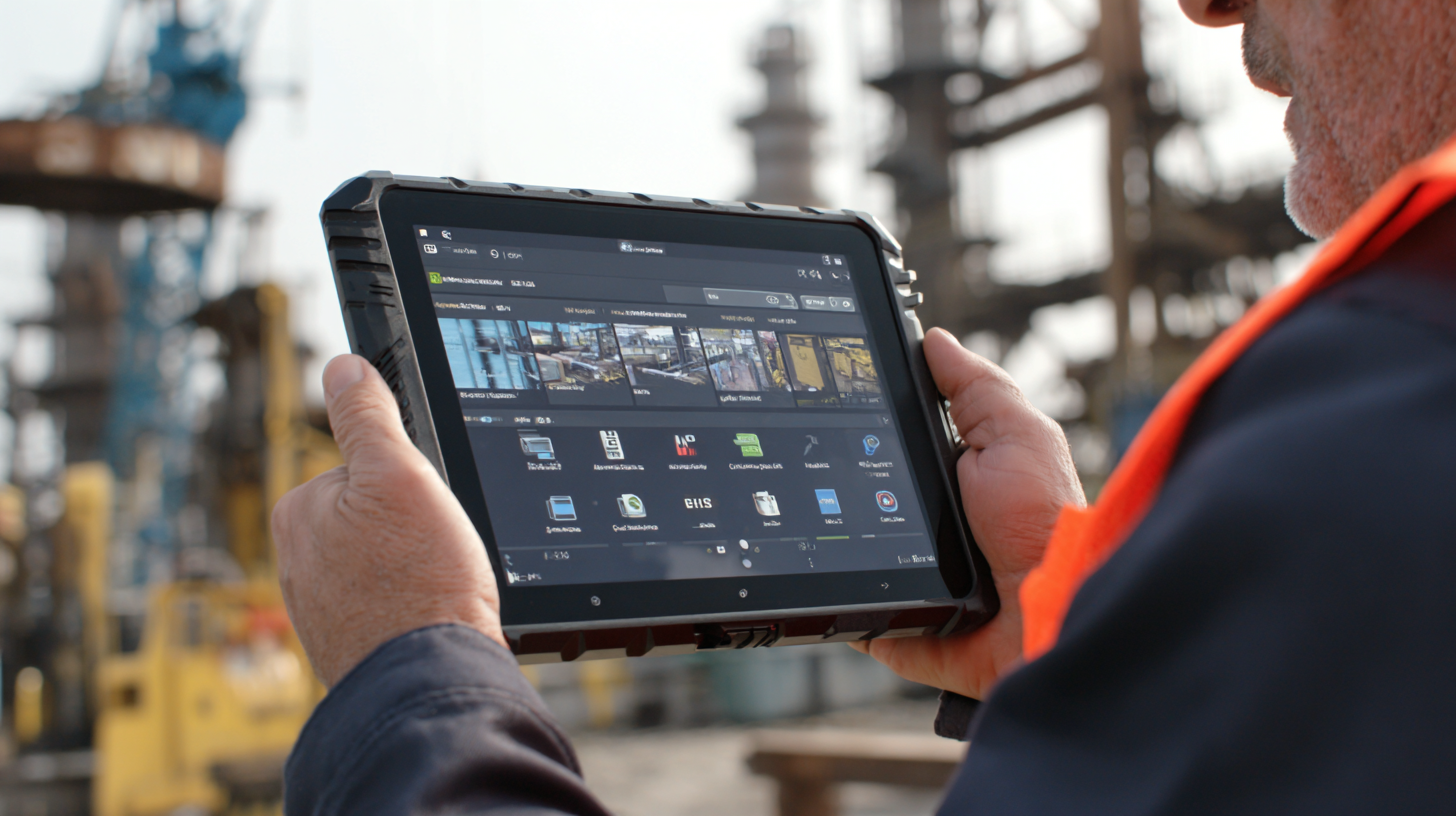How to Choose the Best Industrial Tablet Android for Your Manufacturing Needs
In today’s fast-paced manufacturing environment, the integration of advanced technology is crucial for enhancing productivity and efficiency. The Industrial Tablet Android has emerged as a powerful tool that bridges the gap between traditional operations and modern digital solutions, enabling seamless communication and real-time data access on the factory floor.
According to a report by Statista, the global market for industrial tablets is expected to grow at a compound annual growth rate (CAGR) of 10.4% from 2021 to 2026, highlighting the increasing adoption of mobile computing solutions within the industry. As manufacturers seek to improve operational workflows and reduce downtime, selecting the right Industrial Tablet Android tailored to specific manufacturing needs becomes imperative. This ultimate guide will provide insights into key features, compatibility considerations, and performance metrics to help you make an informed decision that aligns with your unique production demands.
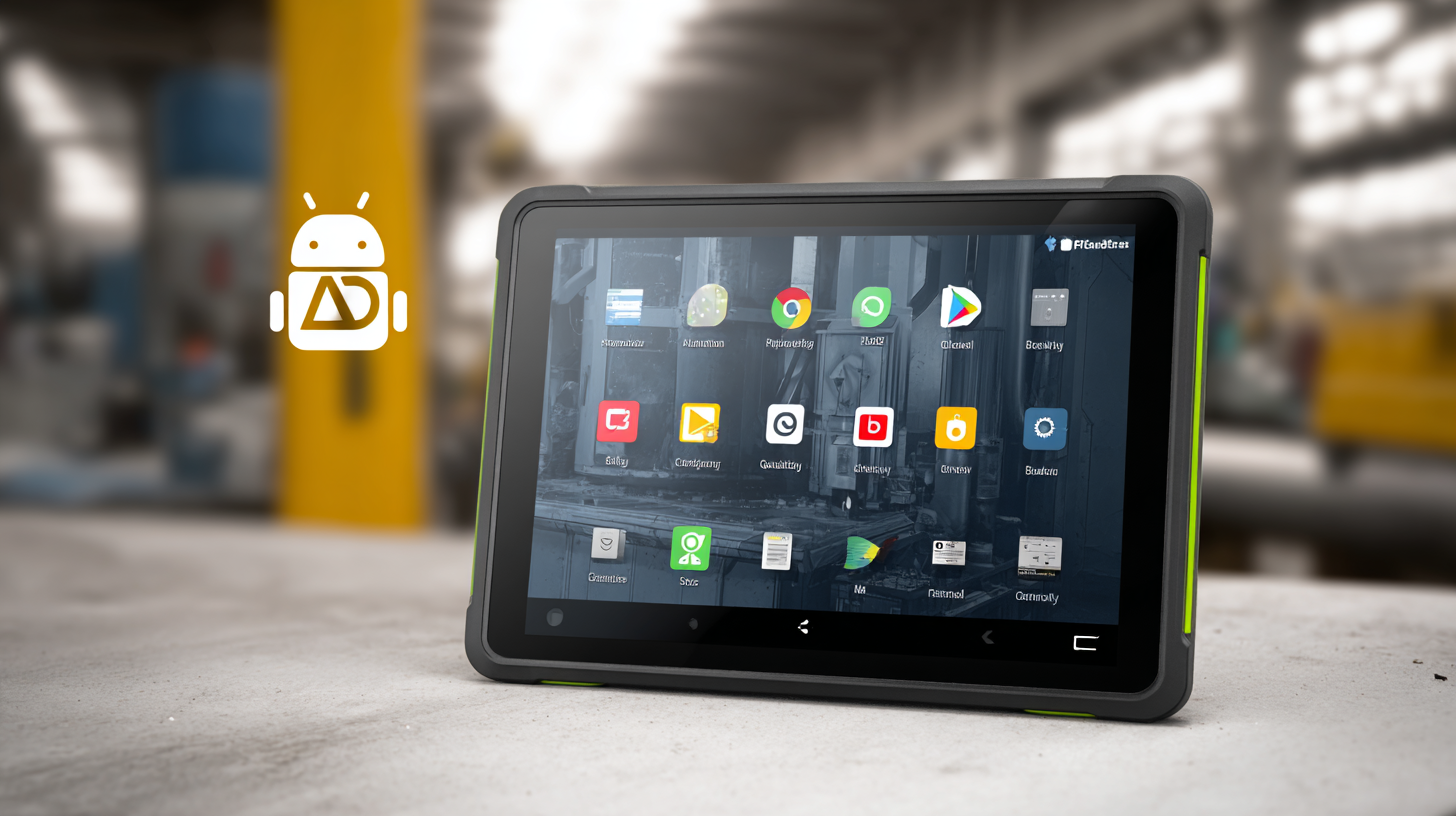
Key Features to Consider When Selecting an Android Tablet for Industrial Use
When selecting an Android tablet for industrial use, several key features should be prioritized to ensure it meets the demands of a manufacturing environment.
 First and foremost, durability is paramount; look for tablets with rugged designs that can withstand harsh conditions, including extreme temperatures, dust, moisture, and accidental drops. Certifications such as IP67 or MIL-STD-810G can provide assurance that the device is built to last in an industrial setting.
First and foremost, durability is paramount; look for tablets with rugged designs that can withstand harsh conditions, including extreme temperatures, dust, moisture, and accidental drops. Certifications such as IP67 or MIL-STD-810G can provide assurance that the device is built to last in an industrial setting.
Another critical aspect to consider is battery life. Manufacturing operations can be demanding, often requiring extended hours of usage without easy access to charging facilities. Opt for tablets that offer long-lasting battery performance to prevent downtime caused by recharging. Additionally, the tablet should support fast charging options for quick power replenishment during breaks.
Finally, compatibility with other industrial tools and software is essential. Ensure that the Android tablet can seamlessly integrate with existing systems, such as inventory management or production tracking software. Features like multiple connectivity options, including Wi-Fi, Bluetooth, and cellular, can enhance the tablet’s versatility on the factory floor, enabling real-time data collection and communication. By focusing on these key features, manufacturers can choose the best Android tablet to enhance productivity and efficiency in their operations.
Evaluating Durability and Protection Ratings for Manufacturing Environments
When choosing the best industrial tablet Android for manufacturing needs, evaluating durability and protection ratings is crucial. Manufacturing environments can be harsh, with exposure to dust, water, chemicals, and extreme temperatures. Opting for devices with high IP (Ingress Protection) ratings ensures that your tablet can withstand these conditions. Look for tablets with at least IP65 ratings, which offer dust-tight and water-resistant features, significantly prolonging their lifespan in demanding environments.
Tips for selecting durable industrial tablets include examining the materials used in their construction. Tablets made with rugged materials such as magnesium or reinforced plastics often provide better protection against drops and impacts. Additionally, consider devices that undergo military-grade testing, which indicates their capability to handle extreme temperatures, vibrations, and shocks. It’s also important to assess battery life; a long-lasting battery ensures that the device remains operational throughout shifts without constant recharging.
Another key aspect is the availability of protective accessories like rugged cases and screen protectors. These add an extra layer of security against physical damage. Furthermore, consider investing in tablets with advanced software features that enhance durability, such as remote monitoring and diagnostics to detect issues before they become problematic. With these considerations in mind, you can ensure that your investment will meet the demands of a manufacturing setting and support sustainable practices through their longevity.
Assessing Compatibility with Existing Manufacturing Software and Systems
When selecting the best industrial Android tablet for your manufacturing environment, assessing compatibility with existing manufacturing software and systems is crucial. Compatibility ensures that the tablet can seamlessly integrate into your workflows, enhancing productivity rather than hindering it. Start by evaluating the current systems in use—whether they are ERP, MES, or custom-built software—and verify that the tablet’s operating system and applications are compatible. This step helps prevent potential disruptions that might arise from data transfer issues or software incompatibility.
Furthermore, consider the connectivity options available on the tablet. Many manufacturing systems rely on real-time data exchange, so ensure that the tablet supports Wi-Fi, Bluetooth, and other necessary communication protocols. It’s also important to check if the tablet can run specific applications your team relies on, as some industrial environments use proprietary software for operations. By meticulously assessing these factors, you can confidently choose a tablet that not only meets the functional requirements of your manufacturing processes but also enhances overall efficiency and effectiveness in your operations.
How to Choose the Best Industrial Tablet Android for Your Manufacturing Needs - Assessing Compatibility with Existing Manufacturing Software and Systems
| Feature |
Importance |
Compatibility Level |
Recommended Specifications |
| Operating System |
High |
Ensure compatibility with existing software |
Android 10 or higher |
| Processing Power |
High |
Critical for running applications smoothly |
Octa-core processor, 2.0 GHz or more |
| Screen Size |
Medium |
Depends on manufacturing environment |
10 inches or larger |
| Battery Life |
High |
Essential for uninterrupted operation |
10 hours or more |
| Durability |
High |
Must withstand harsh environments |
IP65 rated or better |
| Connectivity Options |
High |
Ensure integration with network systems |
Wi-Fi, Bluetooth, optional 4G LTE |
| Storage Capacity |
Medium |
Sufficient for data-intensive applications |
64GB or more |
Battery Life and Performance Factors for Industrial Android Tablets
When selecting an industrial Android tablet for manufacturing, battery life and performance are paramount considerations. A robust battery ensures that your device can withstand long shifts without needing frequent recharges. Look for tablets with lithium-ion batteries that offer high capacity and fast charging capabilities. The ideal tablet should last at least a full workday, typically around 8 to 12 hours, depending on usage. Additionally, features like power-saving modes can extend battery life further, making it essential to evaluate these functionalities before making a purchase.
Performance factors also play a crucial role in selection. Industrial environments often require tablets to handle demanding applications, so opting for devices with powerful processors and sufficient RAM is vital. A tablet with at least 4GB of RAM and a multi-core processor can significantly enhance task efficiency, allowing for seamless multitasking and quick access to necessary applications. Moreover, consider storage options, as ample space for data and applications is necessary for effective operations. Ultimately, focusing on these aspects will help ensure that the chosen tablet meets the rigorous demands of a manufacturing setting.
Budgeting for Quality: Finding the Right Price Point for Industrial Tablets
When selecting an industrial tablet Android for your manufacturing needs, striking the right balance between quality and cost is essential. Budgeting effectively involves understanding the specific requirements of your operations and the features that will best meet those needs. Aim to evaluate the functionalities that matter most—such as durability, battery life, and processing power—before diving into your budget.
Tip 1: Research various brands and models within your price range to understand what typical features you can expect. Sometimes, opting for slightly older models or lesser-known brands can yield the right technology at a fraction of the cost, providing excellent performance without the premium price tag.
Tip 2: Consider the total cost of ownership, not just the upfront price. Look beyond the initial purchase to potential long-term expenses, including warranties, support, and accessories. Investing in a reliable tablet may save you money on repairs and replacements in the future, making it a smarter choice financially.
Tip 3: Don't overlook leasing options if your budget is particularly tight. This approach allows you to access high-quality industrial tablets without a hefty upfront investment, enabling you to allocate funds elsewhere in your manufacturing processes while still ensuring your team has the necessary tools.

Home
Products
Solutions
MDM Software
OEM/ODM
About Us
About 3Rtablet
Quality Control
Contact Us
News
New Product Launch: 3R Rugged Tablet PC: AT-10AL—Powerful Customization with Yocto System
3Rtablet: Enhancing Your Off-Road Adventures,Your Ultimate Off-Road Companion
3Rtablet: Powering Productivity in Construction and Agriculture
Choosing Your Ideal Linux Rugged Tablet: Why Opt for Yocto?
Choosing Your Ideal Linux Rugged Tablet: Why Opt for Debian?
Yocto VS Debian - Choosing Between Yocto and Debian
GMS Certified Android Device: Ensuring Compatibility, Security and Rich Functions
New Arrivals: Rugged Android 12.0 or Linux Yocto OS Vehicle Telematics Box for Vehicle Applications in Various Sectors
Rugged Tablet For Taxi Dispatch
Rugged Driver Tablets Revolutionize Safety and Efficiency in Mining Operations
Rugged In-Vehicle Tablets Power the Growth of IoT Revolution in Modern Industries
VT-7A PRO: New Android 13 Rugged Vehicle Tablet with GMS Certification
Taxi Dispatch Rugged Vehicle Tablet: Taximeter Ruggedized Car Tablet PC with CANBUS MDT Terminal Is Bound to Make an Impact in Your Business
Sick and Tired of Doing Fleet Management the Old Way? Read This! Discover Smarter Solutions with MDT Terminals, Rugged Vehicle Tablets, MDM Platforms, and More
Global Memory Supply Faces Severe Disruptions Amid AI-Driven Demand Surge
Public Transportation Transformation Accelerates: Rugged Tablets Become the Brain of the Smart Bus
Smart Anti-Collision System Unveiled: Rugged Tablet Integrates Advanced Al Pedestrian Detection Reversing Camera Technology
Driving Forward Together | Merry Christmas from 3Rtablet
FAQs
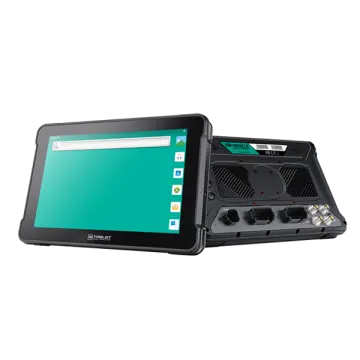 AT-10A
AT-10A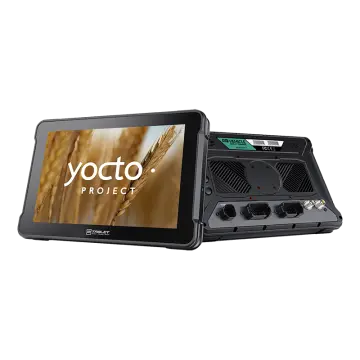 AT-10AL
AT-10AL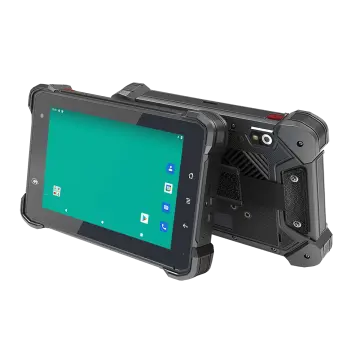 VT-7 GA/GE
VT-7 GA/GE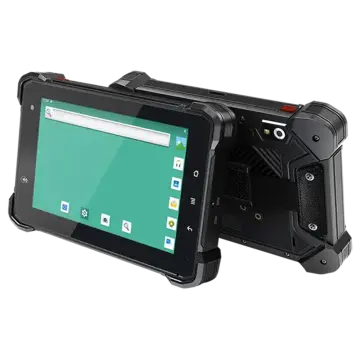 VT-7 Pro
VT-7 Pro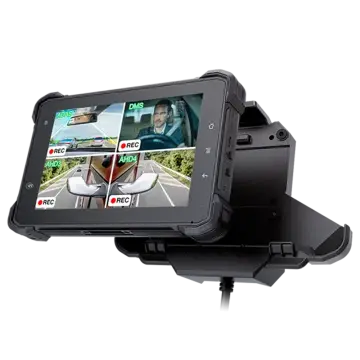 VT-7 PRO (AHD)
VT-7 PRO (AHD) VT-7A
VT-7A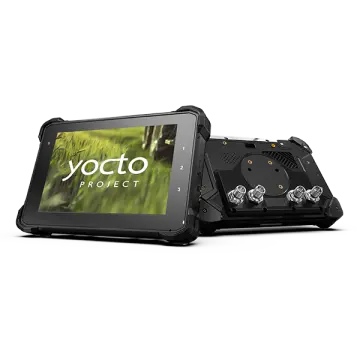 VT-7AL
VT-7AL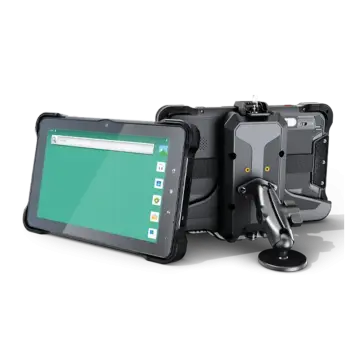 VT-10
VT-10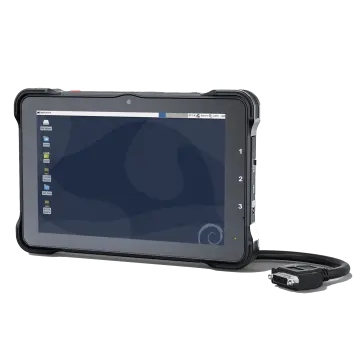 VT-10 IMX
VT-10 IMX VT-10 Pro
VT-10 Pro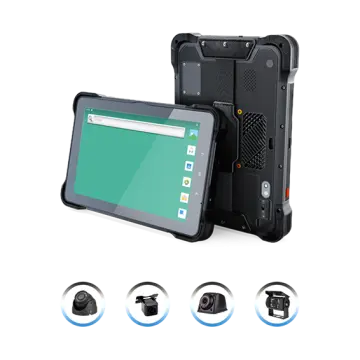 VT-10 Pro AHD
VT-10 Pro AHD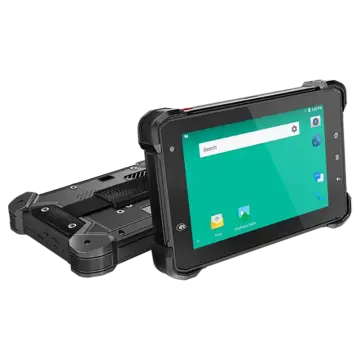 VT-7
VT-7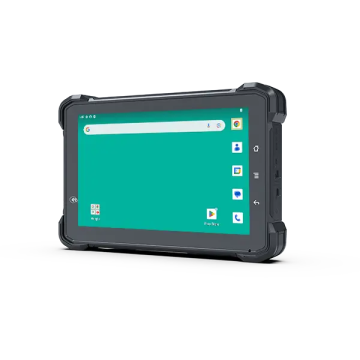 VT-7A PRO
VT-7A PRO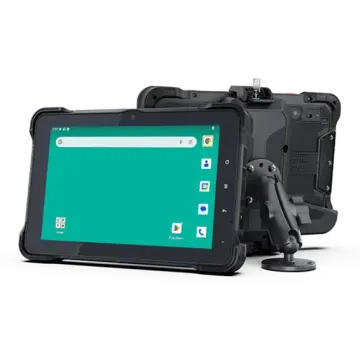 VT-10A Pro
VT-10A Pro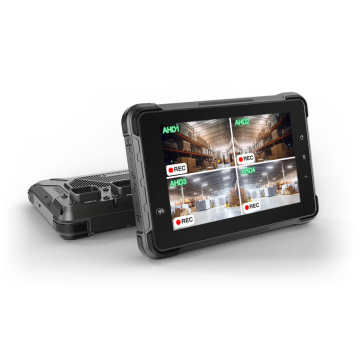 ST-7 Rugged Table
ST-7 Rugged Table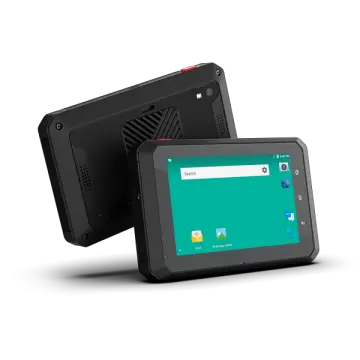 VT-5A
VT-5A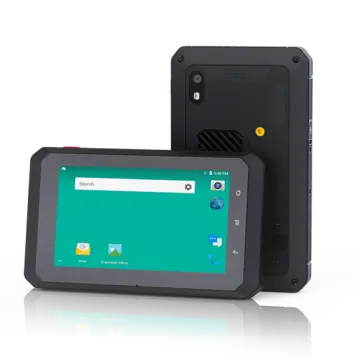 VT-5
VT-5 VT-BOX
VT-BOX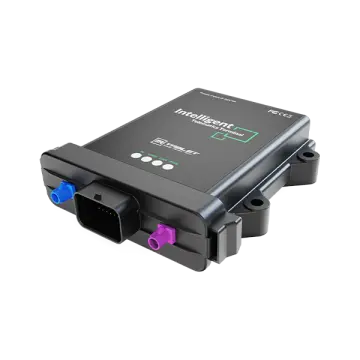 VT-BOX-II
VT-BOX-II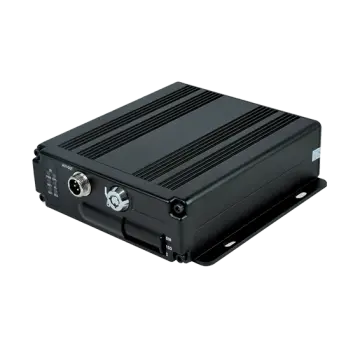 AI-MDVR040
AI-MDVR040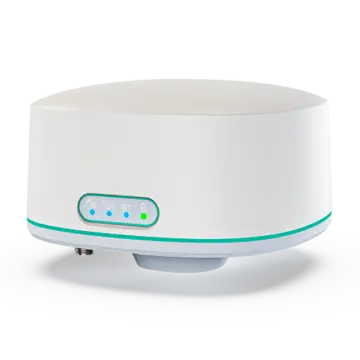 AT-B2
AT-B2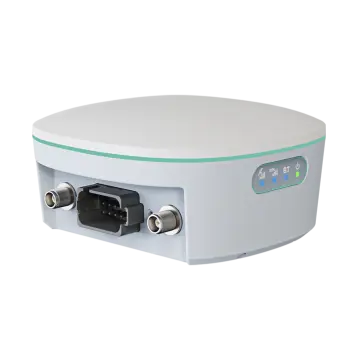 AT-R2
AT-R2
 First and foremost,
First and foremost, 